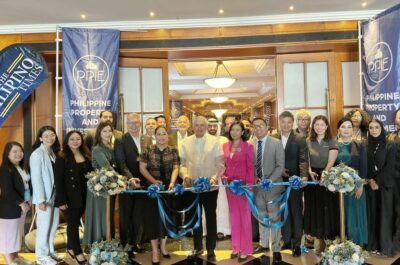There are a number of ways travelers can help keep the traditions of the Ainu culture alive through tourism.
NEW YORK – One of Japan’s first and longest surviving indigenous cultures, the Ainu culture is believed to have emerged sometime between the 12th and 13th century in Hokkaido. While their native population is decreasing and many components of the culture, such as the language, are endangered, efforts within and outside the Ainu community have helped ensure the preservation and revival of an important part of Japan’s national heritage. There are a number of ways travelers can help keep the traditions of the Ainu culture alive through tourism.
Serving as the center of preservation for the indigenous Ainu culture, the UPOPOY National Ainu Museum and Park, is the first national museum in Japan specializing in the research and display of Ainu culture. Located on Lake Poroto, the museum and park, opened in July 2020, host a variety of traditional Ainu cultural experiences, including cooking demonstrations, craft-making and classes to learn how to play traditional musical instruments. The park also showcases a traditional Ainu village, including a group of reconstructed cise (houses) where visitors can experience a traditional Ainu living space, take part in ceremonies and try on traditional clothing. The park’s Path to the Ainu Spirit area showcases the importance to Ainu culture of coexisting with nature, especially with plants. Plants were used every day in Ainu culture for food and medicine; and throughout the grounds, more than 40 species of trees and plants with connections to Ainu cultural traditions are grown. On a stroll through the park, visitors can learn about each plant’s spiritual and historic significance to the Ainu’s culture.
Sapporo, Hokkaido’s capital city, is home to the Sapporo Pirka Kotan, a museum and recreation center with hands-on exhibits for visitors to explore Ainu history and culture. Exhibitions include more than 300 items of traditional clothing and tools, along with a variety of workshops held by the Ainu Association of Hokkaido Sapporo Branch. Visitors can learn traditional craft techniques, including Ainu embroidery and building their own mukkuri, a traditional instrument.
Many festivals are held at the center throughout the year and echo the restoration of ceremonies that took place from 1975 to 1984 in Japan. In early January, visitors can celebrate the New Year with a traditional ceremony known as Asir-pa-nomi and experience Ainu ritual dances. The dances were included on the UNESCO List of Intangible Cultural Heritage in 2009. In late January, the center hosts the Ainu Cultural Festival, featuring various traditional music events, dance performances and recitations of “Yukar,” epic sagas that are an integral part of the Ainu oral literature. From July through October, a variety of cultural exchange events occur, including dance performances and concerts, crafting workshops, and a traditional Ainu lunch made by members of the dance troupe.
Tatiana is the news co-ordinator for TravelDailyNews Media Network (traveldailynews.gr, traveldailynews.com and traveldailynews.asia). Her role includes to monitor the hundrends of news sources of TravelDailyNews Media Network and skim the most important according to our strategy. She holds a Bachelor degree in Communication & Mass Media from Panteion University of Political & Social Studies of Athens and she has been editor and editor-in-chief in various economic magazines and newspapers.














































































